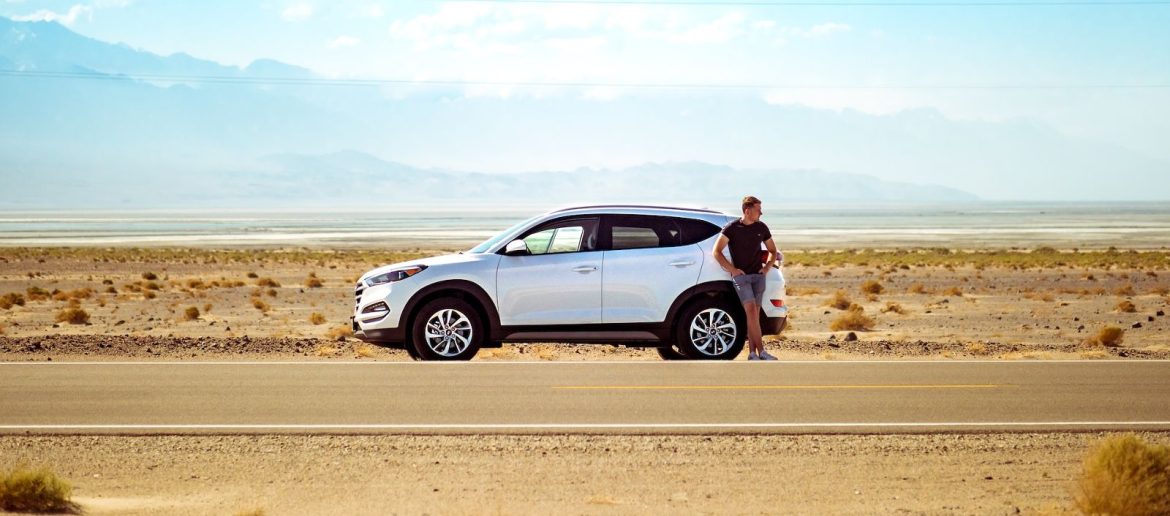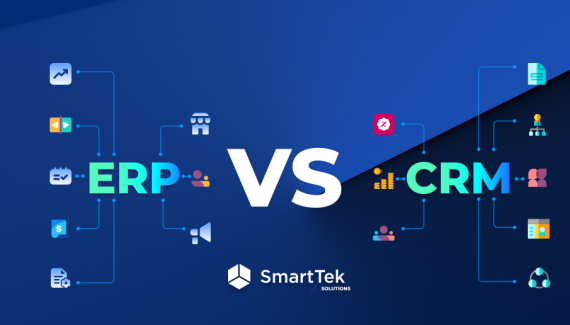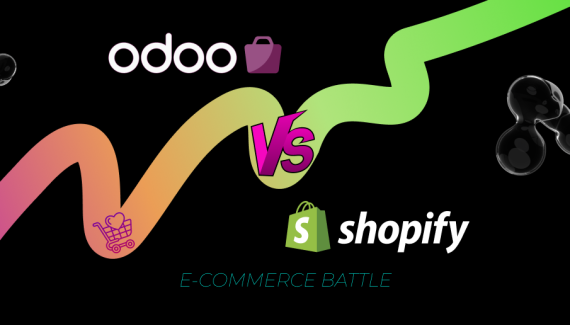The car rental industry is prosperous and it is growing in many countries around the world. Here is the data and the forecast from Statista on car rentals and leasing income in the USA:
It is a market that has the capacity of billions of dollars, and most importantly, it continues to grow. Now, let us add the upward trend in the mobile audience to this, and we can easily conclude that companies now doing business in this niche offline can gain even more income if they invest in car rental mobile app development.
Below, we will amply examine the main functions that this product should include and share tips on how to develop it.
The Key Features Which a Car Rental App Should Include
The software may offer lots of possibilities, but we will define a list of necessities that are imperative at the beginning or shortly after the product launch.
1. User profile (personal account)
The app may feature a classic authorization method that is implemented using confirmation by e-mail or via social networks. However, you can also offer your users both options to choose from.
The user profile in the car rental app should include the following features:
- photo (video);
- the possibility to upload document scans (ID, driver’s license);
- address and other personal data;
- the possibility to choose the preferred payment method;
- activity history (current bookings and previous orders).
Taking the nature of this information into account, it is necessary to take proper measures to protect data security.
2. Geolocation integration (GPS)
Using the possibilities provided by GPS, we can solve a number of important tasks. This feature allows users to quickly find the nearest available cars based on their location, order a car without entering their address every time, and track its approach.
[quads id=1]
If necessary, an app administrator can track the user’s travel pattern, which is useful in terms of security.
3. Car catalog
The general list of available vehicles may feature specific sections such as “premium” cars and ordinary cars. In addition, you can introduce a filter which includes various characteristics, such as brand, cost, fuel efficiency, user rating, etc.
4. Car details card
The particular car description should display basic information of importance to a potential customer:
- car make and model;
- actual photos;
- number of passenger seats;
- gearbox type;
- fuel consumption;
- ratings from other users.
5. Rate maker
Provide your potential customers with the possibility to quickly calculate the car rental costs, depending on the distance they plan to drive, rental time, car model, etc.
6. Booking routine
This kind of function handles a large amount of data on the server side, but everything should be as simple as possible for users. Allow them to book a suitable car at the click of a button, adjust the waiting point and other parameters if necessary, and cancel the booking if desired.
7. Payment systems
By all means, integrate online payment systems into your car rental application. PayPal and bank cards are the most popular payment methods. In addition, you can also add the option of paying in cash if the user picks up or leaves the car at the rental center.
8. Push notifications
If you’re planning to develop a Car Rental App, this useful feature is a must-have, as it provides benefits to both customers and business owners:
- If the client made a rental booking long in advance, send him/her a reminder one day and 5 or 6 hours before the exact time as a reminder.
- If the rental period ends soon, send another reminder.
- You can also remind your customers to leave a review/rating of your services after the ride.
This is an extremely efficient marketing tool to which we devoted a separate detailed article in our blog.
As additional features, you can implement the following capabilities:
- Loyalty program: For the first ride or for a certain number of rides, you can award bonus points to your customers. They can use these points to pay for their next rides fully or partially. In addition, you can implement unique codes as part of promotional actions or giveaways.
- Referral program: A reliable and relatively inexpensive way to achieve rapid growth of your customer base is to allow users to share a referral link to the app download page with their friends. As a reward, both parties receive bonuses as an incentive to use the service.
Another important objective is to develop the admin panel. Without it, your app will be inefficient and inconvenient to manage. This fact is rarely mentioned, but it takes time to develop such a component.
The car rental admin panel is implemented using a web interface and should include the following features:
- Data on rented and idle vehicles;
- Vehicle location tracking;
- The possibility to add or remove a car from the system, along with editing and describing data;
- User profiles;
- Transaction and booking statistics;
- General statistics about real-time processes.
In our opinion, these are the main features that should be available to the admins. Over time, you can of course expand and optimize them.
Takeaways
A car rental app allows business owners to grow closer to their customers and provides additional competitive advantages, especially when it comes to a promising and growing market.
You can always start with MVP and gradually implement additional features, constantly tracking how your audience responds to each. Do not be afraid of competition. By entering a saturated market, you get certain advantages. For example, you can learn your competitors’ weaknesses and use them to improve your product.
If you need help implementing such a project, contact us and let us know all the details. Our specialists will offer you the best solution based on your business needs.






 view the post
view the post
 view the post
view the post
 view the post
view the post

